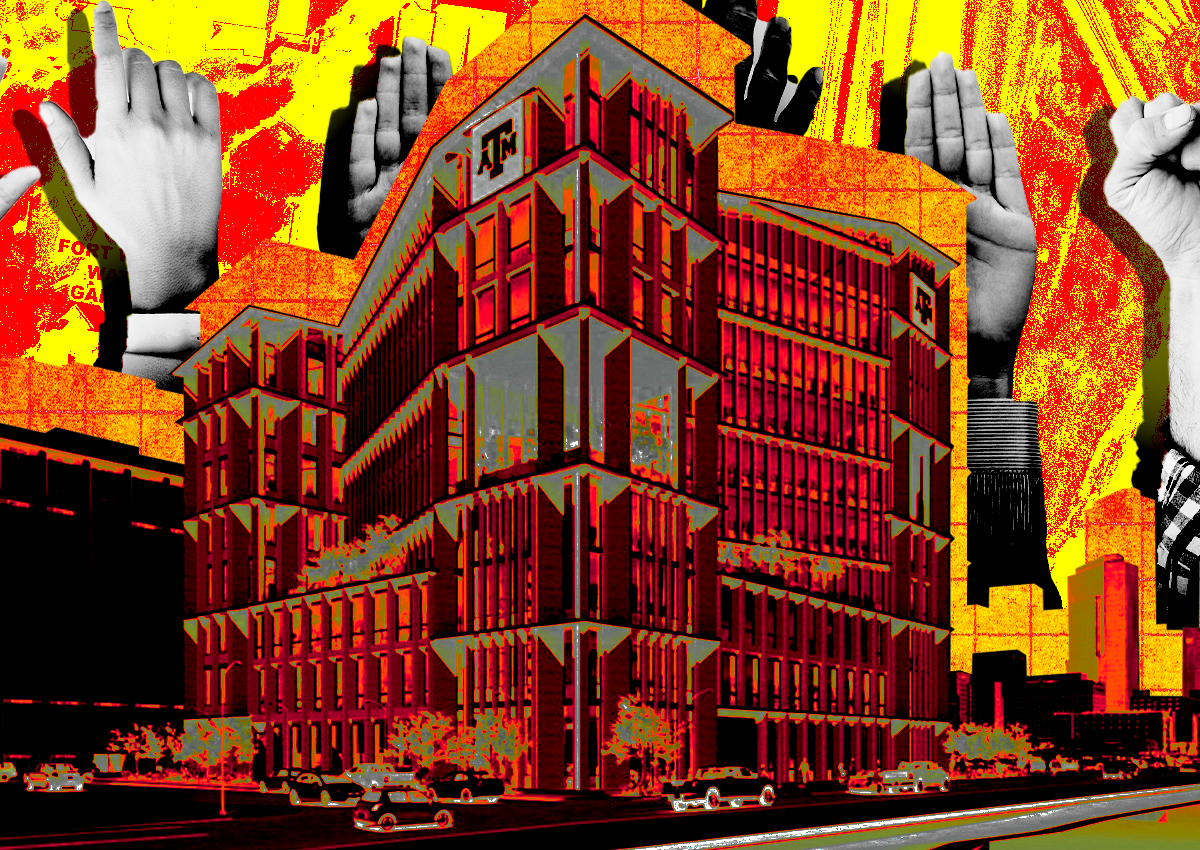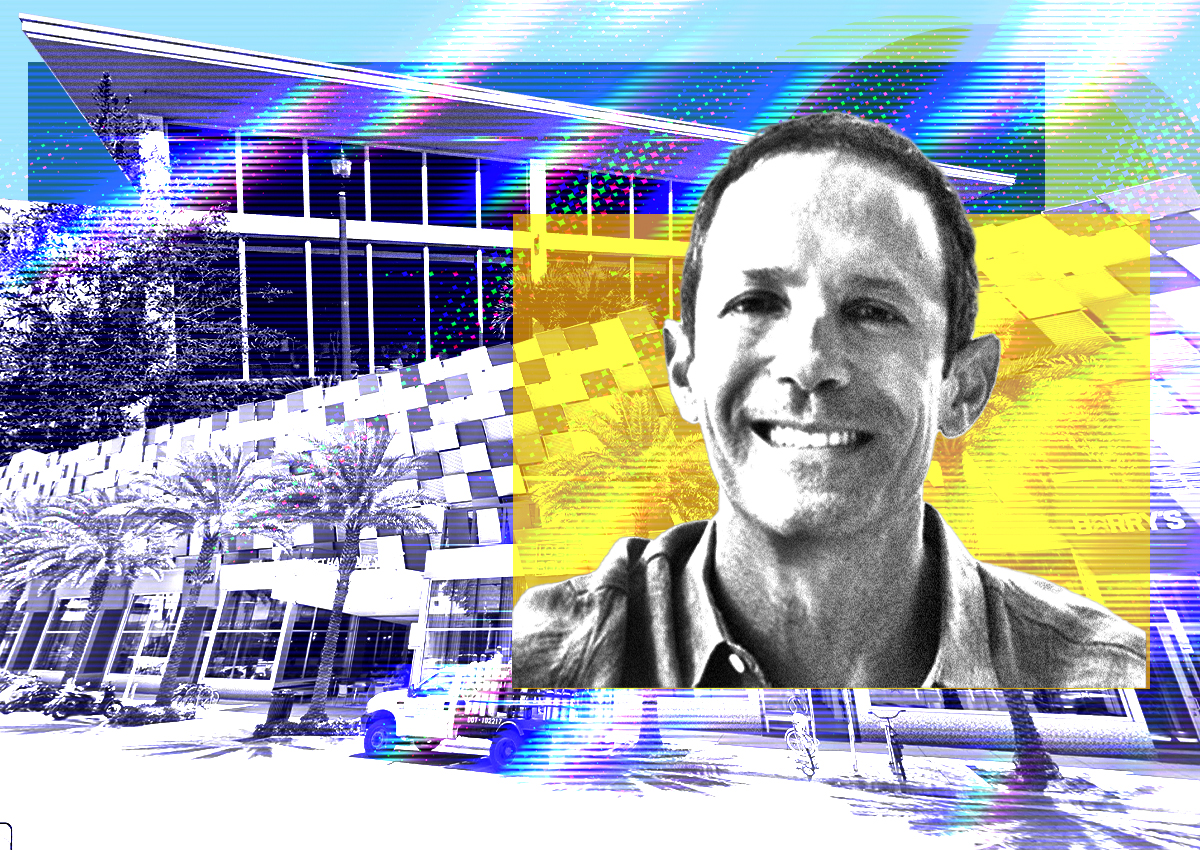
Fort Worth was the fastest growing major city in the United States, and its real estate industry began to explode as a result.
According to the Wall Street Journal, Fort Worth has an estimated $2.3 billion worth of development under construction or in the pipeline, including a variety of reportciting a comment by Todd Burnette of JLL.
Since 2020, Fort Worth’s population has grown 4.1% to about 1 million, the fastest-growing of the 30 most populous U.S. cities. Residents and companies from both coasts have flocked to the region, largely because of Texas’s lower cost of living, business-friendly policies and tax incentives. Charles Schwab, for example, is planning to move its headquarters from San Francisco to Fort Worth.
“We’re in the early stages of what’s happening in Austin,” Burnett told the outlet.
A notable ongoing project is the Texas A&M University System’s three-building research campus in southeastern Fort Worth. Construction began earlier this month and is expected to be completed in 2027. Texas A&M has reached a preliminary agreement with aerospace company Lockheed Martin to operate a training and research facility, and the school is discussing partnerships with other businesses in engineering, medical, technology and more. and the aviation field.
Developer John Goff is planning a $275 million mixed-use project called Crescent Fort Worth, which will open later this year. The project is expected to feature 168,000 square feet of office space, 175 upscale rental units and a 200-room luxury hotel. Separately, Dart Interests acquired the Fort Worth Central Library for $18 million and plans to transform the 2.5-acre site into another large mixed-use development.
Even Fort Worth’s office sector is strong enough to accommodate the need for new development, while most other cities’ office markets are in decline due to the remote working movement sparked by the pandemic, resulting in extremely high vacancy rates and a flood of distressed office buildings. .
read more
Downtown Fort Worth’s office vacancy rate has remained at around 13% since the pandemic began, compared with 30% in Dallas and just under 20% in Austin.
While many projects are in the pipeline, some of them may take a while to break ground given current market conditions. High interest rates and construction costs, a tight lending environment and fears of a potential recession have held back development activity in Fort Worth as many developers wait for a broader recovery in the market.
— Quinn Donoghue







